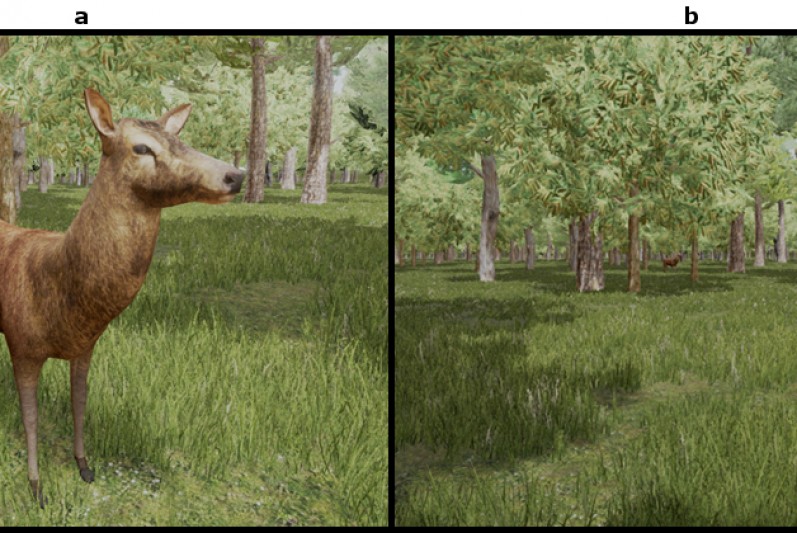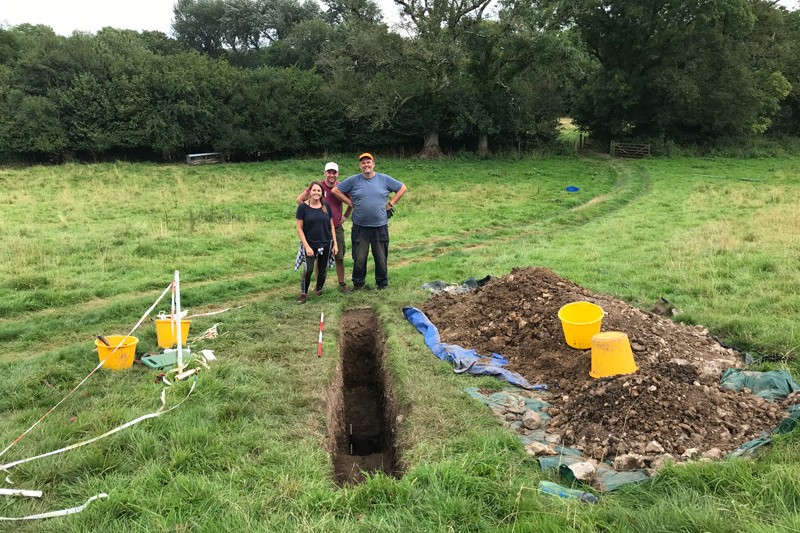Researchers from Bournemouth University have used virtual reality to investigate the effects of changing environments on prehistoric hunting.
The research, published in Scientific Reports, explored how climatic and environmental changes would have affected hunting techniques and the ability to detect prey.

Realistic virtual reality environments were created to represent environments in Eurasia, which is known to have been occupied by several distinct human populations over the last 500,000 – 600,000 years of the ice age.
Successive human populations would have been exposed to the climatic and environmental changes know to occur through time. During episodes of relative cooling the environment would have shifted towards more open tundra-like vegetation, whereas in times of warming the local environment would have become more closed and wooded.
Participants were asked to detect prey in different virtual reality settings representing these varying environments to examine the difference in performance.
The results showed that prey detection performance was highly influenced by vegetation structure, both the type of environment – wooded or grassland – and the density of the vegetation.
The research also found that, as an environment transitions, there may be little change in human prey detection ability until a certain relative mix of woodland and tundra is reached, after which things change more rapidly.
This indicates that the hunting techniques utilised by a population may have remained viable for a prolonged period as the environment changed around them, until ultimately, they would have had to either adapt, migrate or go extinct.
The research was undertaken by a multidisciplinary team from Bournemouth University, covering palaeontology, games design, and psychology.
John Stewart, Associate Professor in Palaeoecology and Environmental Change, led the team.
He said: "The great thing about this project is that it is truly multidisciplinary with a psychology experiment using computer games graphics looking at a problem out of human evolutionary science. This has provided a 'way in' to testing ideas about how the environment can affect hunting instead of simply using guess work."



